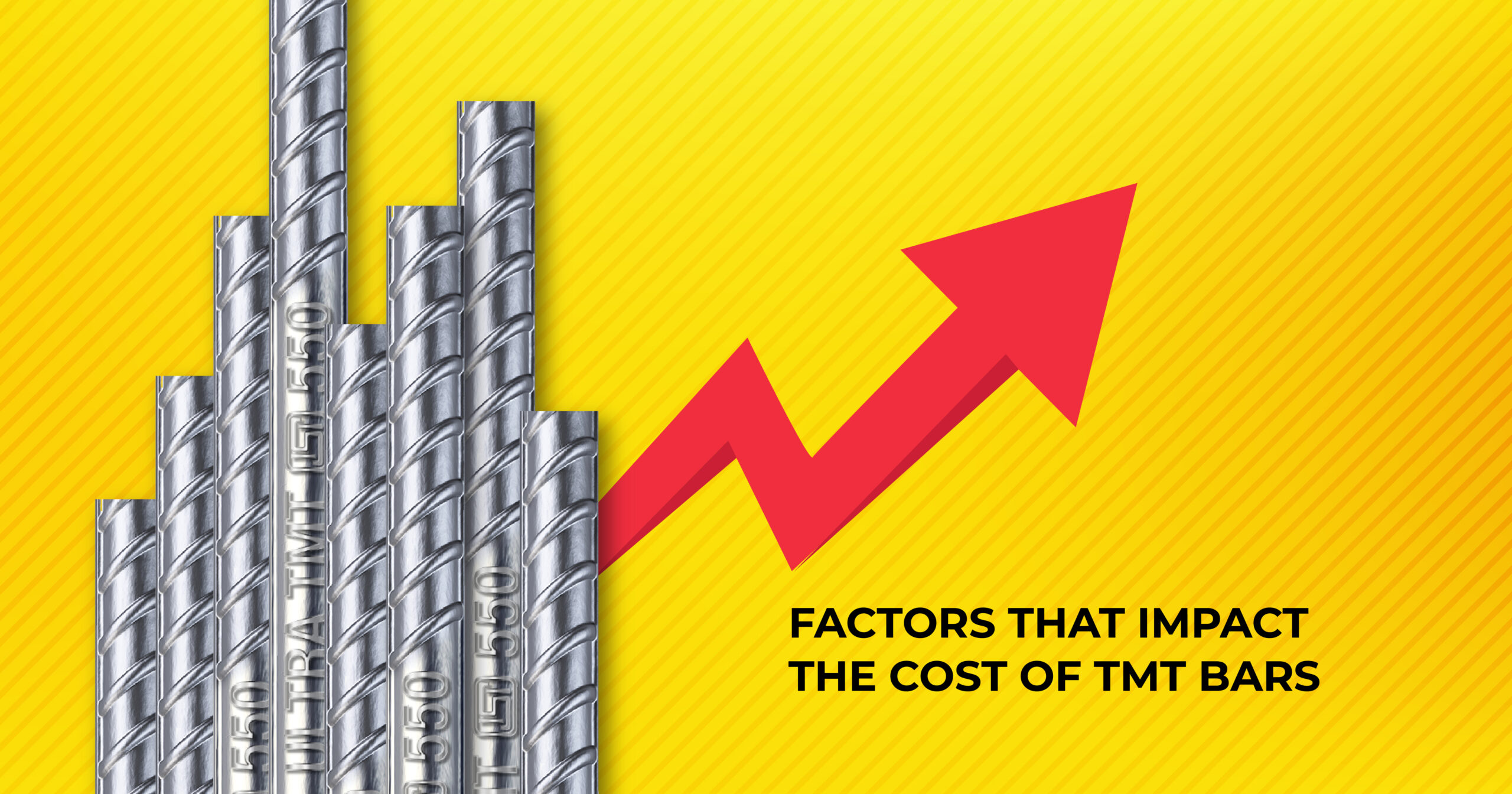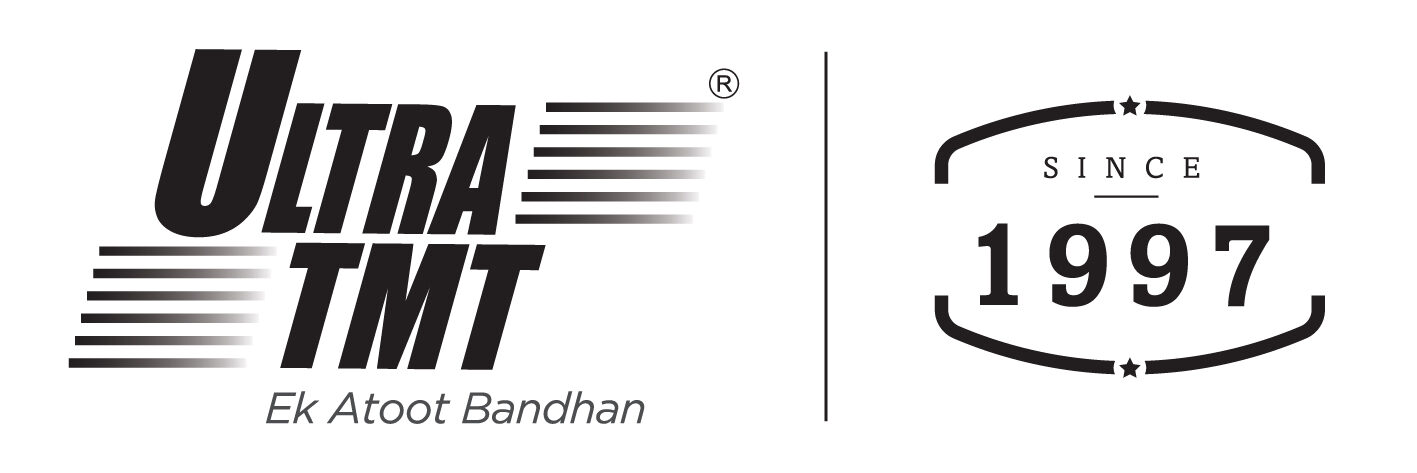

Understanding TMT Steel Bar Price Fluctuations:
Key Factors!!
The TMT steel bars prices, like any other commodity, the TMT steel bar prices can be influenced by various factors. These factors can be broadly categorised into supply-side, demand-side, and external influences. Remember that market conditions can change over time, so while these factors are generally applicable, their impact can vary based on the specific period.
Demand-Side Factors:
- Construction Industry: TMT steel bars are primarily used in the construction industry for reinforcing concrete structures. Economic growth, urbanisation, and infrastructure projects can drive increased demand for steel bars, thereby impacting prices.
- Real Estate Sector: Demand for residential, commercial, and industrial real estate projects can affect the need for steel bars, as they are integral to building sturdy structures.
- Infrastructure Development: Large-scale infrastructure projects like bridges, roads, and transportation networks can drive significant demand for steel bars.
- Consumer Confidence: Economic conditions, consumer spending, and overall confidence in the economy can influence construction and real estate activity, subsequently affecting the demand for TMT steel bars.
External Influences:
- Global Market Dynamics: International factors such as changes in steel prices in other countries, import/export restrictions, and global economic conditions can impact domestic steel prices.
- Currency Fluctuations: Changes in exchange rates can impact the cost of imported raw materials, affecting overall production costs and, consequently, steel bar prices.
- Trade Policies: Tariffs, quotas, and trade agreements can influence the availability and cost of imported steel, affecting domestic prices.
- Natural Disasters: Natural events such as earthquakes, hurricanes, and floods can disrupt supply chains, impact production, and subsequently lead to price fluctuations.
Conclusion:
It’s important to note that these factors often interact with each other in complex ways. For example, an increase in demand due to a construction boom might coincide with a spike in raw material costs, leading to amplified price fluctuations. Additionally, geopolitical events, technological breakthroughs, and unforeseen disruptions can further contribute to change in prices rapidly.
For further information on Ultra TMT steel bars, do visit our website: www.ultratmt.com. You can also contact us on: 040 277 111 58 or 99498 66619.
FAQ
The difference between a TMT bar and a normal bar is the composition and strength. TMT (Thermo-Mechanically Treated) bars are manufactured by subjecting them to a combination of heat treatment and mechanical processes, which enhances their strength and ductility. This process involves quenching the bars in water after they are heated to a high temperature, followed by self-tempering. As a result, TMT bars exhibit superior tensile strength, elongation, and corrosion resistance compared to normal bars. Additionally, TMT bars have a soft ferrite-pearlite core and a tough outer martensitic layer, which contributes to their improved seismic resistance and structural integrity. In contrast, normal bars do not undergo such specialized treatment and have relatively lower strength and durability. Hence, in construction projects which require high quality reinforcement, TMT bars are widely preferred for their superior mechanical properties and ability to withstand seismic forces.
Several factors need to be considered while identifying the best TMT bars. Firstly, it is crucial to assess the brand reputation and credibility of the manufacturer. Look for renowned brands that have a proven track record of delivering high-quality TMT bars. Secondly, consider the grade and certification of the bars. Look for bars that comply with national and international standards, such as IS 1786:2008 for India or ASTM A615/A615M for the United States. Thirdly, evaluate the manufacturing process. The best TMT bars are produced using advanced technology and adhere to strict quality control measures, ensuring uniformity and consistency. Additionally, check for features like rib patterns, which enhance the bond strength with concrete. Lastly, consider factors such as corrosion resistance, elongation, and yield strength, as they determine the overall durability and performance of the TMT bars. By carefully considering these factors, you can identify the best TMT bars that meet your specific construction requirements.
TMT bars, or Thermo-Mechanically Treated bars, have a wide range of uses in the construction industry. They are primarily used for reinforcing concrete structures to provide strength and durability. TMT bars are commonly used in the construction of buildings, bridges, dams, flyovers, and other infrastructure projects. Due to their high tensile strength, they effectively withstand heavy loads and seismic forces, making them ideal for earthquake-prone areas. TMT bars are also corrosion-resistant, ensuring the longevity of structures even in harsh environmental conditions. Moreover, their superior bond strength with concrete enhances the structural integrity and stability of buildings. TMT bars are available in various sizes and grades, making them versatile for different types of construction applications. Overall, TMT bars are essential components in the construction industry, providing the necessary reinforcement to ensure safe and resilient structures.
